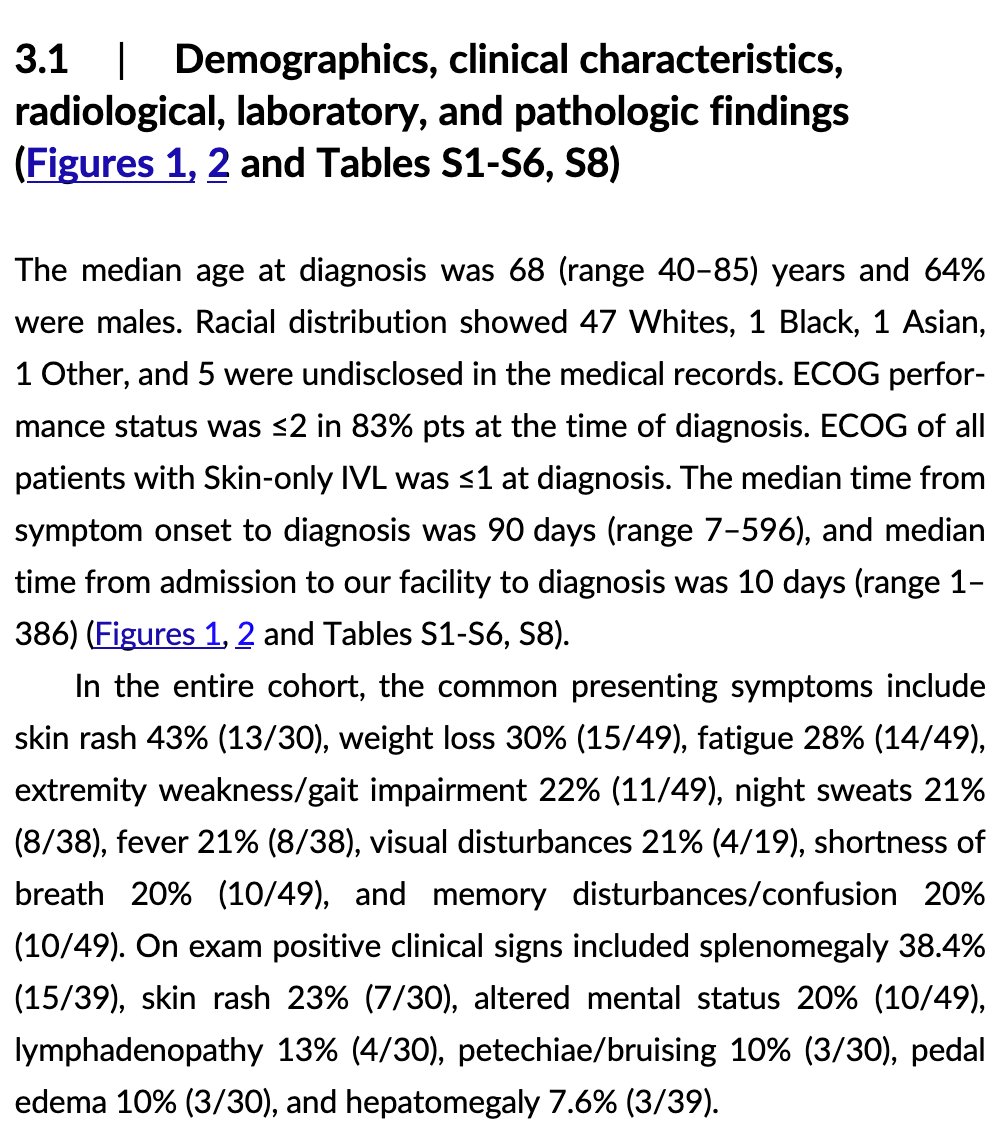1/4
Why does amphotericin B lead to rigors and fever?
I learned about his side effect by the moniker "shake and bake" (thank you First Aid).
Let's have a brief look at this commonly tested side-effect.
Why does amphotericin B lead to rigors and fever?
I learned about his side effect by the moniker "shake and bake" (thank you First Aid).
Let's have a brief look at this commonly tested side-effect.

2/
Amphotericin B was introduced in the 1950s.
It was clear early on that fevers and chills were common side effects.
More contemporary data show lower - though still relevant - rates of both side effects.
pubmed.ncbi.nlm.nih.gov/13749466/ - 1960
pubmed.ncbi.nlm.nih.gov/10072411/ - 1999
Amphotericin B was introduced in the 1950s.
It was clear early on that fevers and chills were common side effects.
More contemporary data show lower - though still relevant - rates of both side effects.
pubmed.ncbi.nlm.nih.gov/13749466/ - 1960
pubmed.ncbi.nlm.nih.gov/10072411/ - 1999

3/
When thinking back to the mechanism of fever, recall that PGE₂ is a key mediator.
Amphotericin B leads to an increase in PGE₂. This is likely the mechanism of chills and fever.
As this study shows, amphotericin B acts in a similar way to LPS!
pubmed.ncbi.nlm.nih.gov/3309074/
When thinking back to the mechanism of fever, recall that PGE₂ is a key mediator.
Amphotericin B leads to an increase in PGE₂. This is likely the mechanism of chills and fever.
As this study shows, amphotericin B acts in a similar way to LPS!
pubmed.ncbi.nlm.nih.gov/3309074/

4/4
Given these effects, amphotericin has been examined as an "immunostimulant" in combination with antineoplastic chemotherapy.
I am unaware of its use in any current regimen.
pubmed.ncbi.nlm.nih.gov/7362372/
Given these effects, amphotericin has been examined as an "immunostimulant" in combination with antineoplastic chemotherapy.
I am unaware of its use in any current regimen.
pubmed.ncbi.nlm.nih.gov/7362372/
This is my first follow-up to a tweetorial on fevers, chills, and rigors.
Next up: meperidine (Demerol)
Next up: meperidine (Demerol)
https://twitter.com/tony_breu/status/1305589726003556354?s=20
• • •
Missing some Tweet in this thread? You can try to
force a refresh

















